Priming:
All surfaces must be primed with the appropriate ARDEX primer. For highly porous or absorbent surfaces, such as concrete or cement/sand screeds, use ARDEX P 51 Primer as directed in the datasheet. This will enhance application, improve coverage, and reduce the risk of suction and pinholes. On impervious or dense surfaces, such as ceramic tiles, prime with ARDEX P4 Rapid Drying Multi-Purpose Primer according to the datasheet. If smoothing mixes with a high aggregate content or if applying a second layer to the standard mix, prime the dried ARDITEX CL using ARDEX P 51 diluted 1:3 with water. This should be applied using a broom or brush, not a roller, and allowed to dry before applying ARDITEX CL.
Gypsum (Anhydrite) Screeds:
Ensure the gypsum screed is properly applied, mechanically prepared, and tested for moisture in line with the manufacturer’s recommendations. The screed should have less than 0.5% moisture using the carbide method or less than 75% relative humidity when checked with a hygrometer.
Applications Over Underfloor Heating:
Gypsum-based screeds can react adversely with cement-based materials like levelling compounds or adhesives unless properly primed. Seal the prepared gypsum screed with ARDEX P 51 diluted 1:3 with water or, as per the gypsum screed manufacturer’s guidelines, apply a sand-blinded epoxy primer like ARDEX R3E to ensure adhesion and prevent direct contact with cement-based materials.
Important Note:
ARDITEX CL is unsuitable for asphalt or timber subfloors. For those applications, refer to ARDITEX NA® or ARDEX FA 20 datasheets, or contact ARDEX Technical Support for further guidance.
Moisture Control:
ARDITEX CL can be applied directly to ARDEX MVS 95 Residual Moisture Vapour Suppressant within 24 hours, provided the ARDEX MVS 95 has not been contaminated by debris or foot traffic. If contamination occurs, remove it and reapply ARDEX MVS 95. For further information, refer to the ARDEX MVS 95 datasheet. When properly primed, ARDITEX CL can also be applied over ARDEX Damp Proof Membranes. Consult the ARDEX DPM 1 C/ARDEX DPM 1 C R datasheets for details. Ensure that ARDITEX CL is applied only up to a maximum thickness of 6mm in these cases.
Mixing:
The recommended mix ratio is one 20kg bag of ARDITEX CL powder to 4.5kg of ARDITEX CL liquid. Shake the latex liquid thoroughly and pour it into a clean mixing container. Gradually add the powder while continuously stirring. Using an ARDEX mixing paddle with a 10mm chuck electric drill simplifies mixing. The mixed mortar has a working time of around 20 minutes at 20°C. For thicknesses above 10mm, up to a maximum of 30mm, incorporate ARDEX Coarse Aggregate for a more economical application.
Application:
Pour the mixed material onto the primed subfloor, and spread it using a trowel or ARDEX Pin Leveller to the required thickness. Apply at temperatures above 5°C and rising. Use a spiked roller to improve the surface finish and performance while the mortar is still wet. The subfloor, whether cement/sand screed, concrete, or calcium sulphate, should be installed per BS 8204 Part 1. The underfloor heating system should be commissioned per the manufacturer’s instructions and the guidelines in BS 8204 Part 1. After thermal cycling and commissioning, reduce the heating system temperature to 15°C before applying ARDITEX CL and the final floor covering. After 48 hours, the underfloor heating should be gradually recommissioned in line with BS 8204 Part 1 and BS 8203 to avoid rapid temperature changes.
Thickness:
ARDITEX CL can be applied from a feathered edge up to 10mm in one application. To fully utilize its self-smoothing properties, apply from 2mm. For impervious subfloors requiring an absorbent layer for floorcovering adhesives, a minimum thickness of 3mm is recommended.
Drying and Hardening:
Under optimal conditions, a 3mm layer of ARDITEX CL is walkable in as little as 2 hours, and thin applications can receive most floor coverings after only 12 hours at 20°C. Drying, setting, and hardening times will be longer at lower temperatures and shorter at higher temperatures or humidity levels. Thicker applications will also require more time to dry. BS 8203:2001 suggests that ideal conditions for flooring installations are between 18°C and 27°C, and these conditions should remain stable before, during, and after applying flooring products.



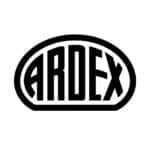
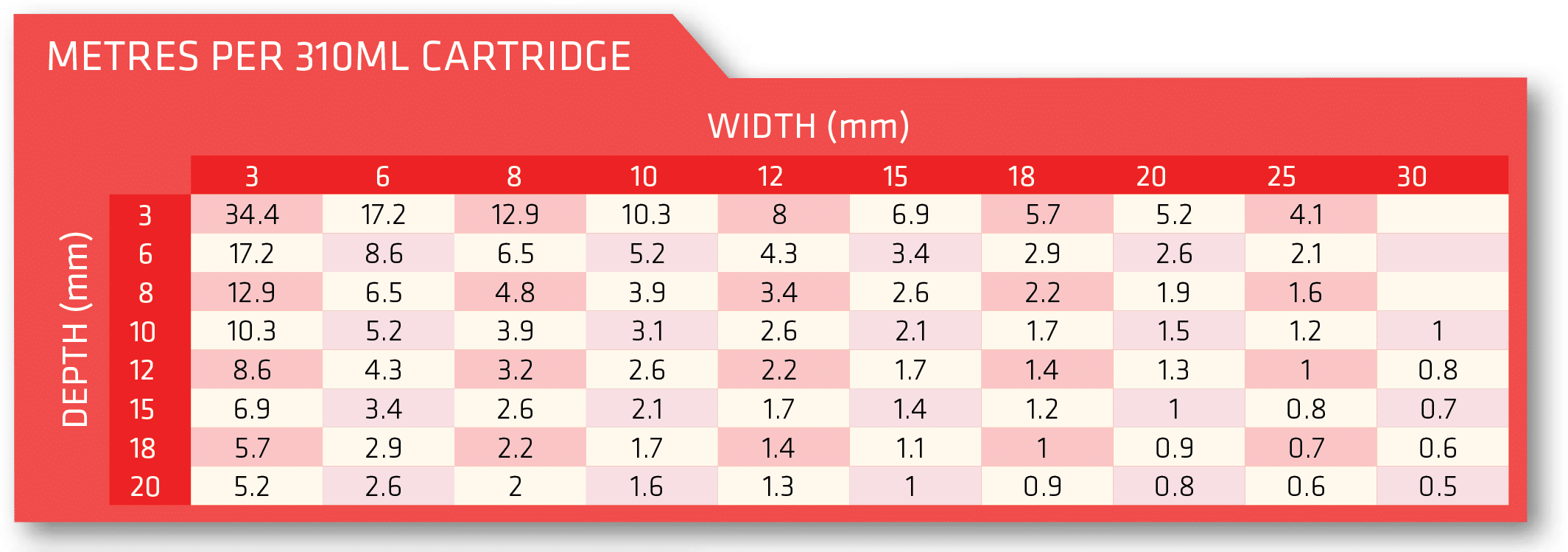
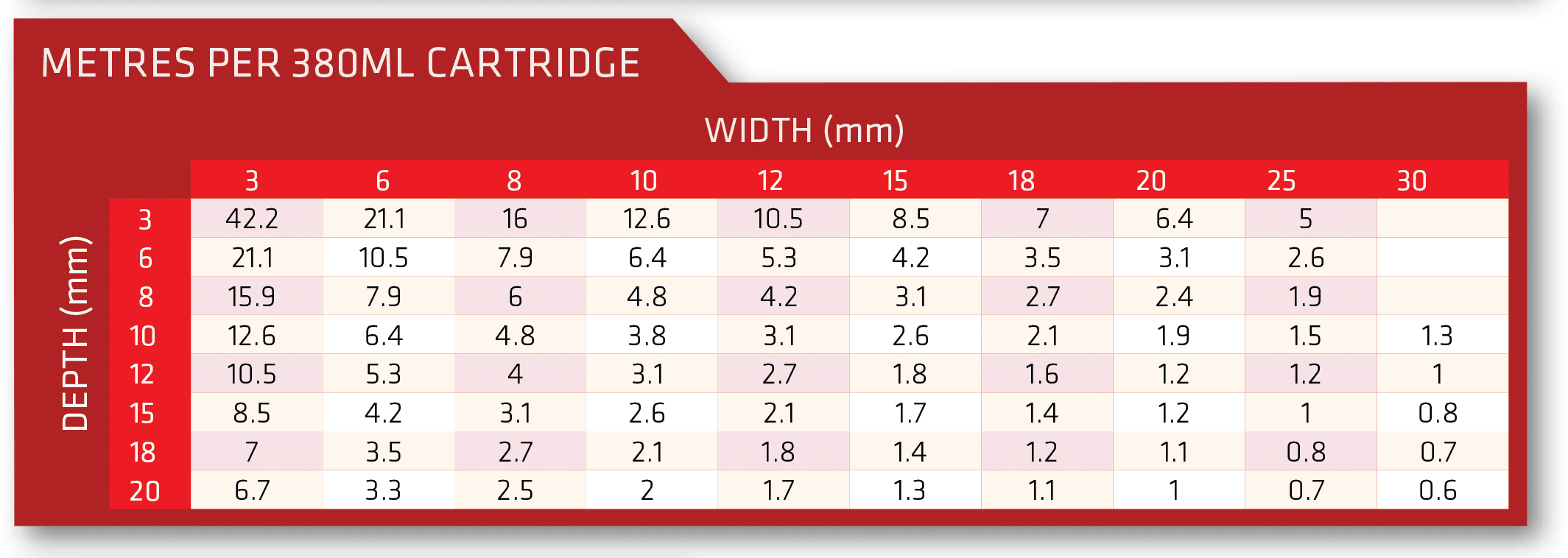
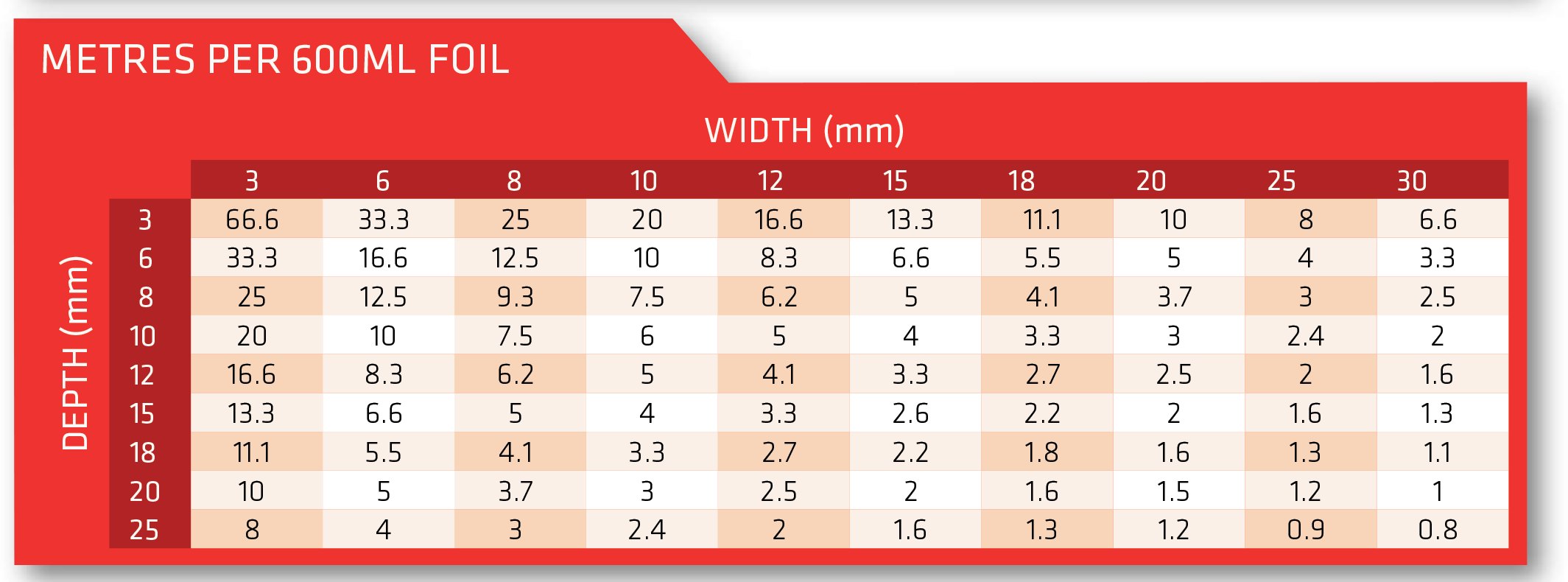

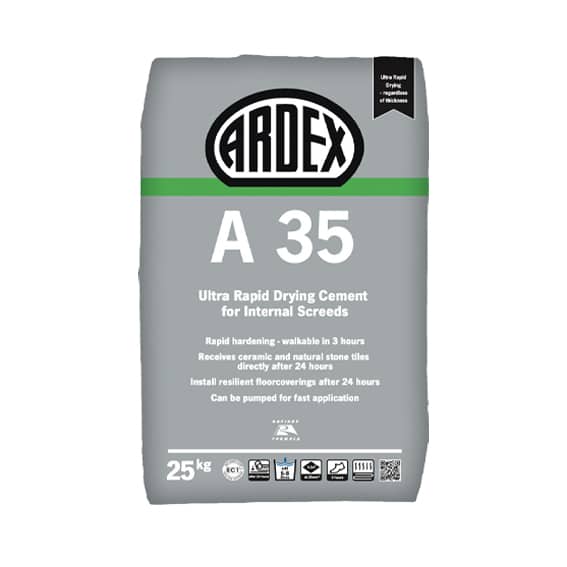

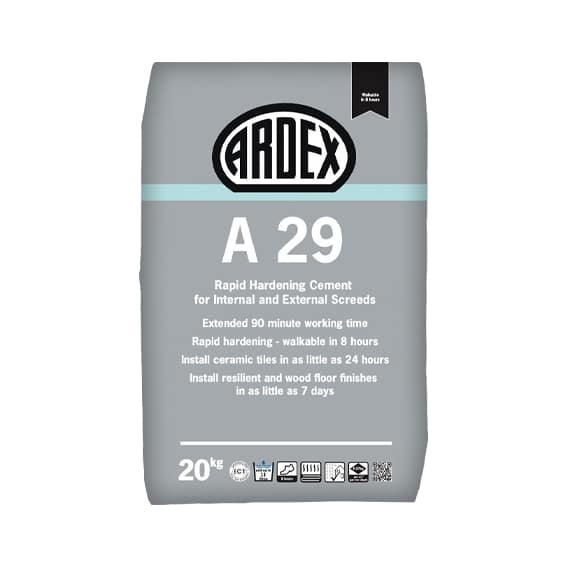
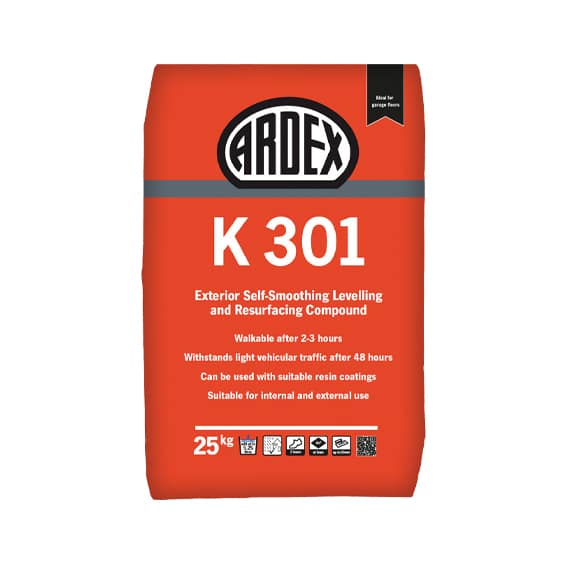
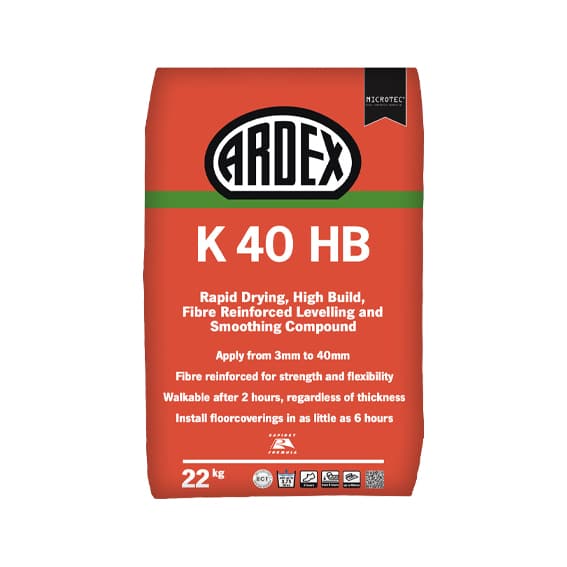


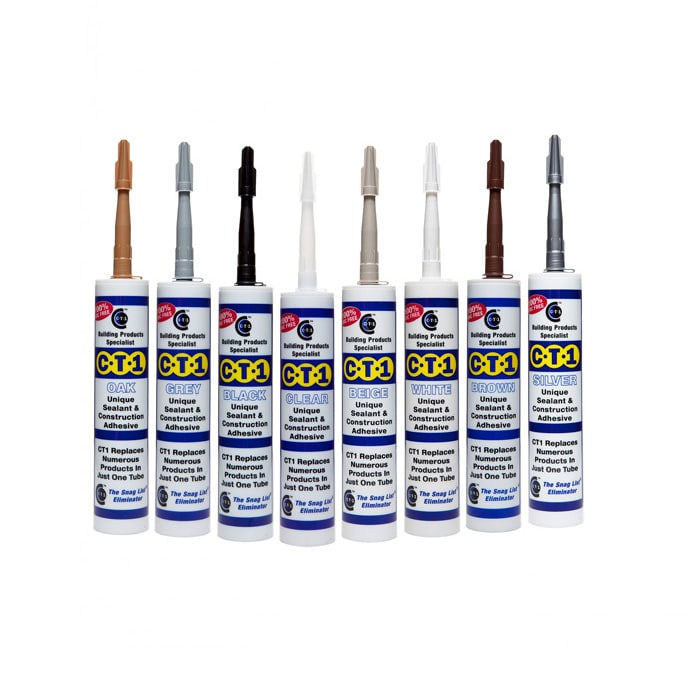
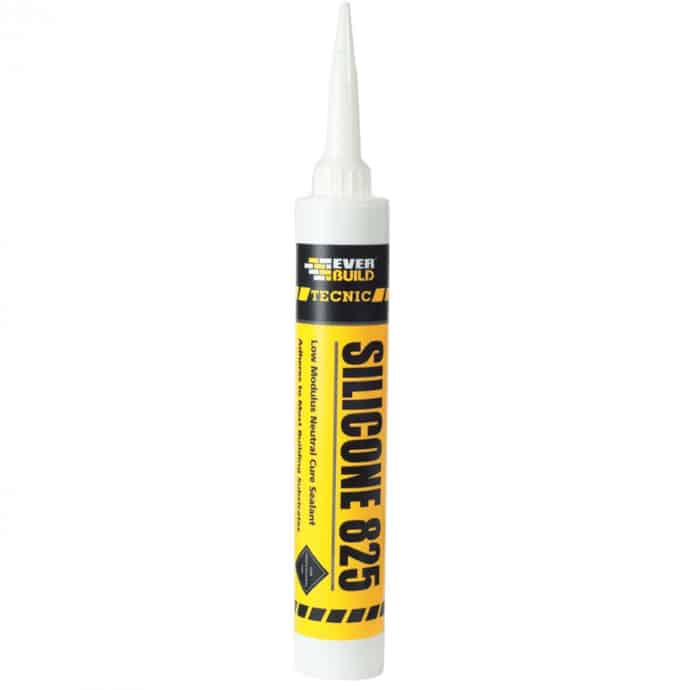
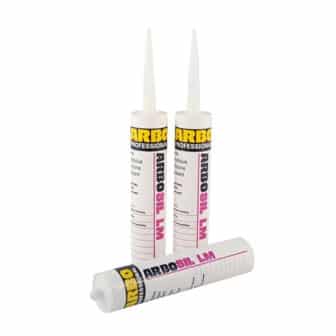
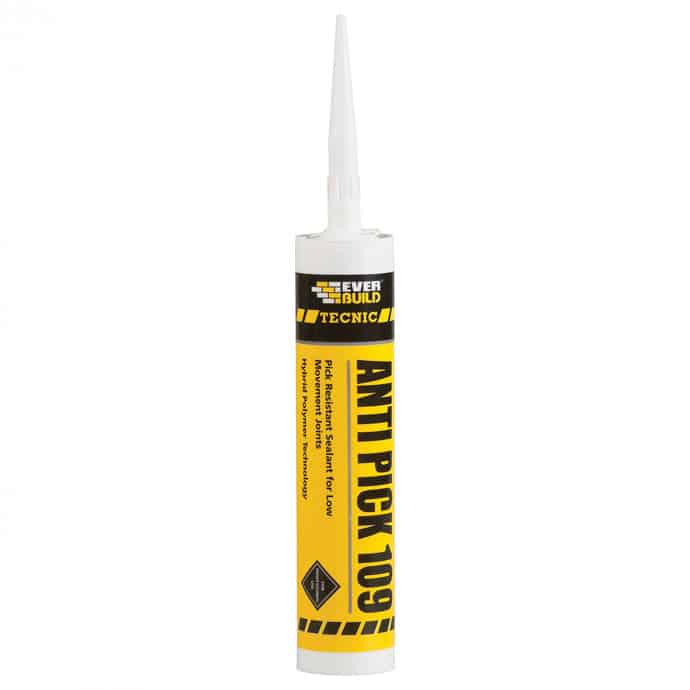
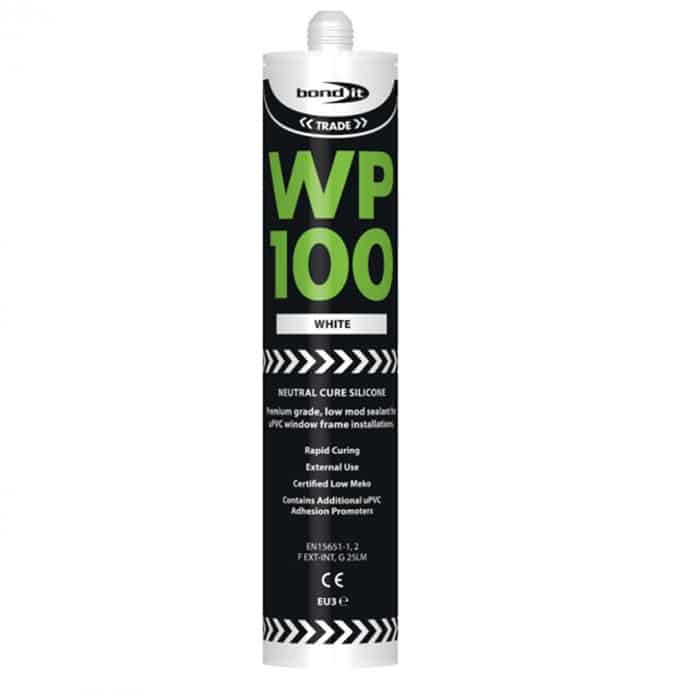
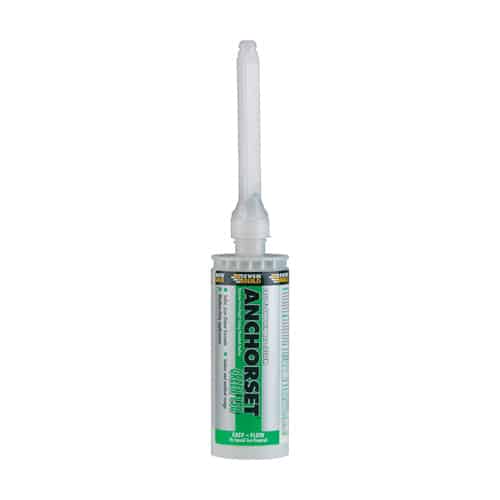
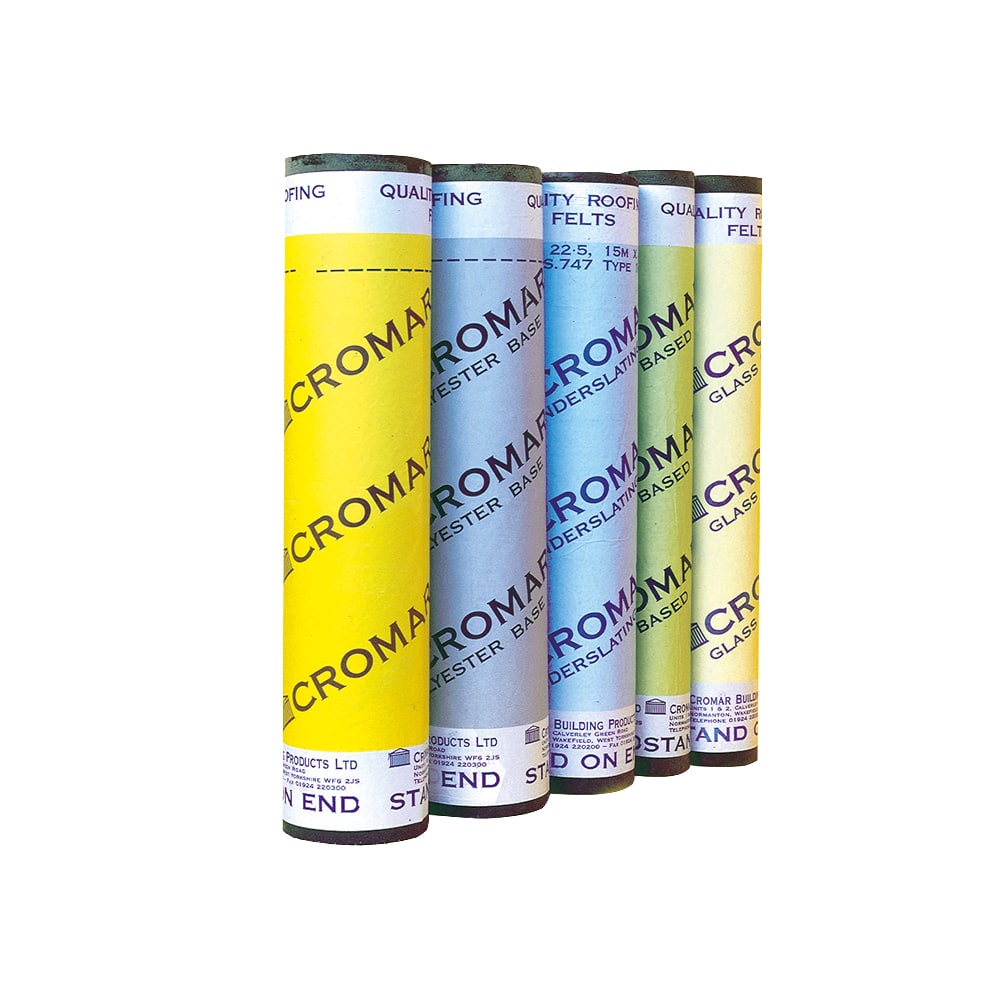
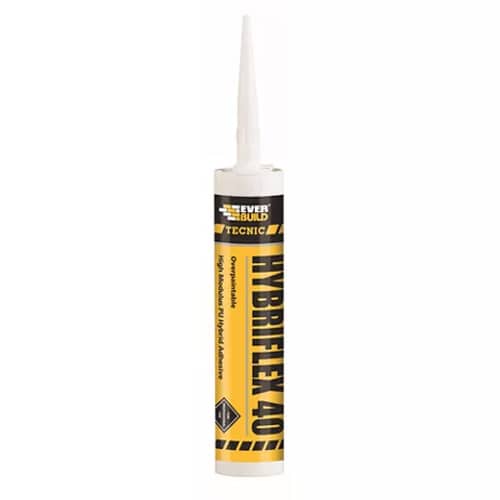
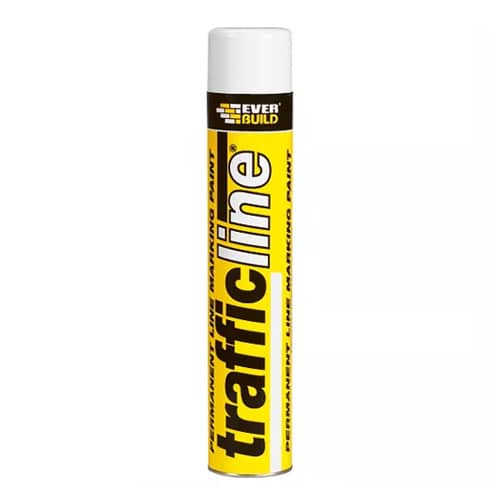
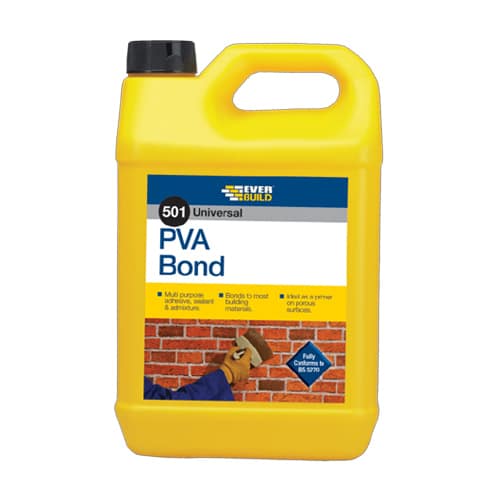
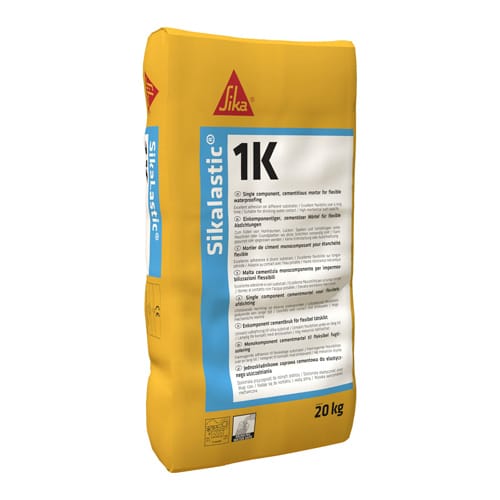
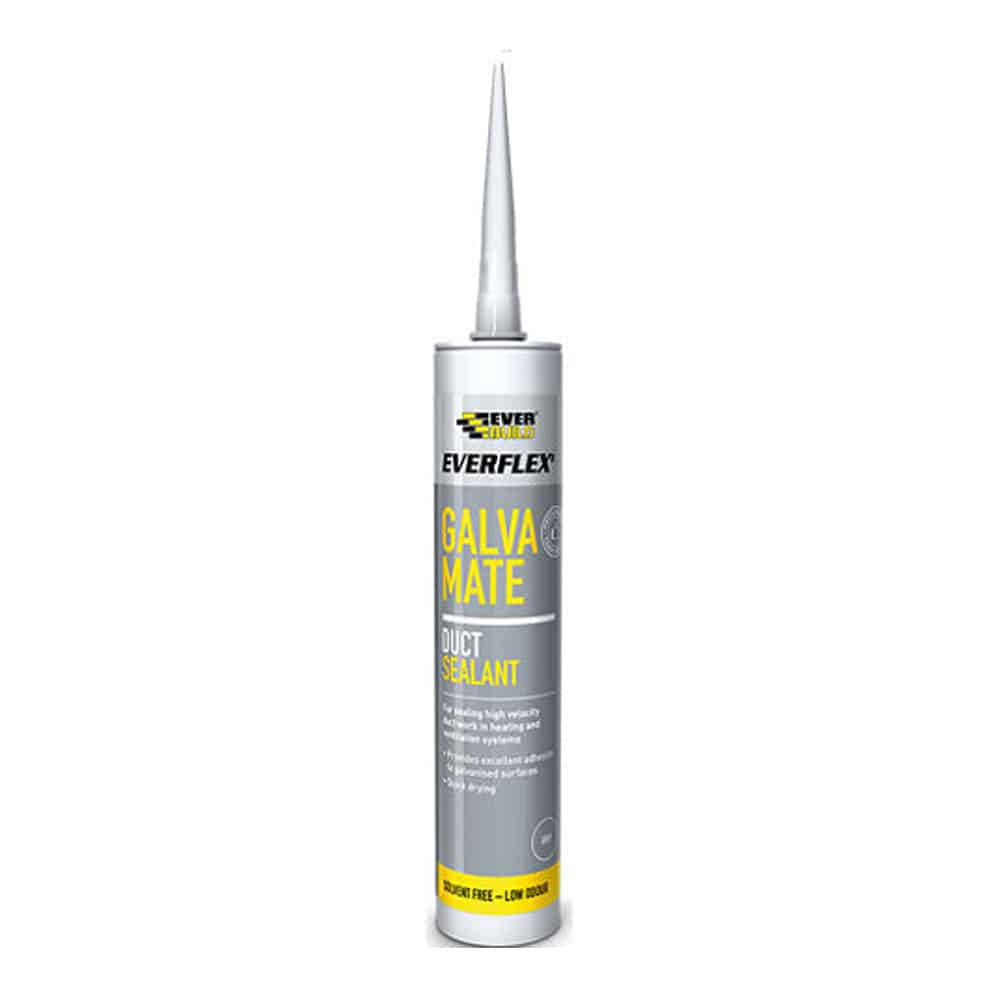
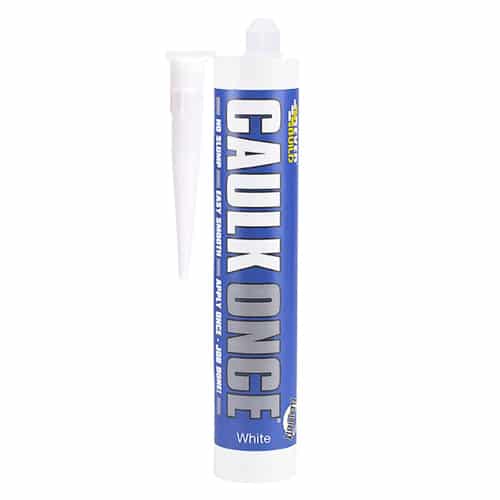
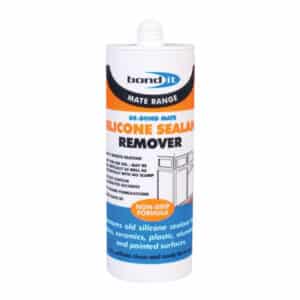
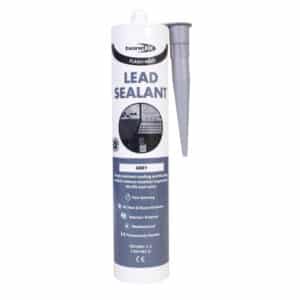
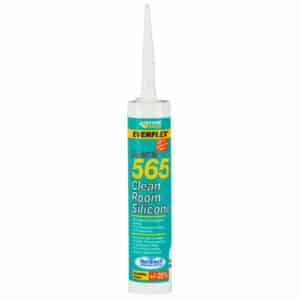
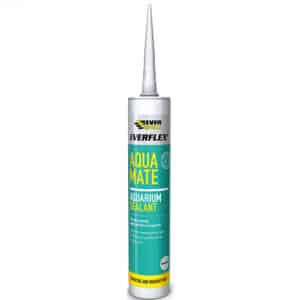
Reviews
There are no reviews yet.